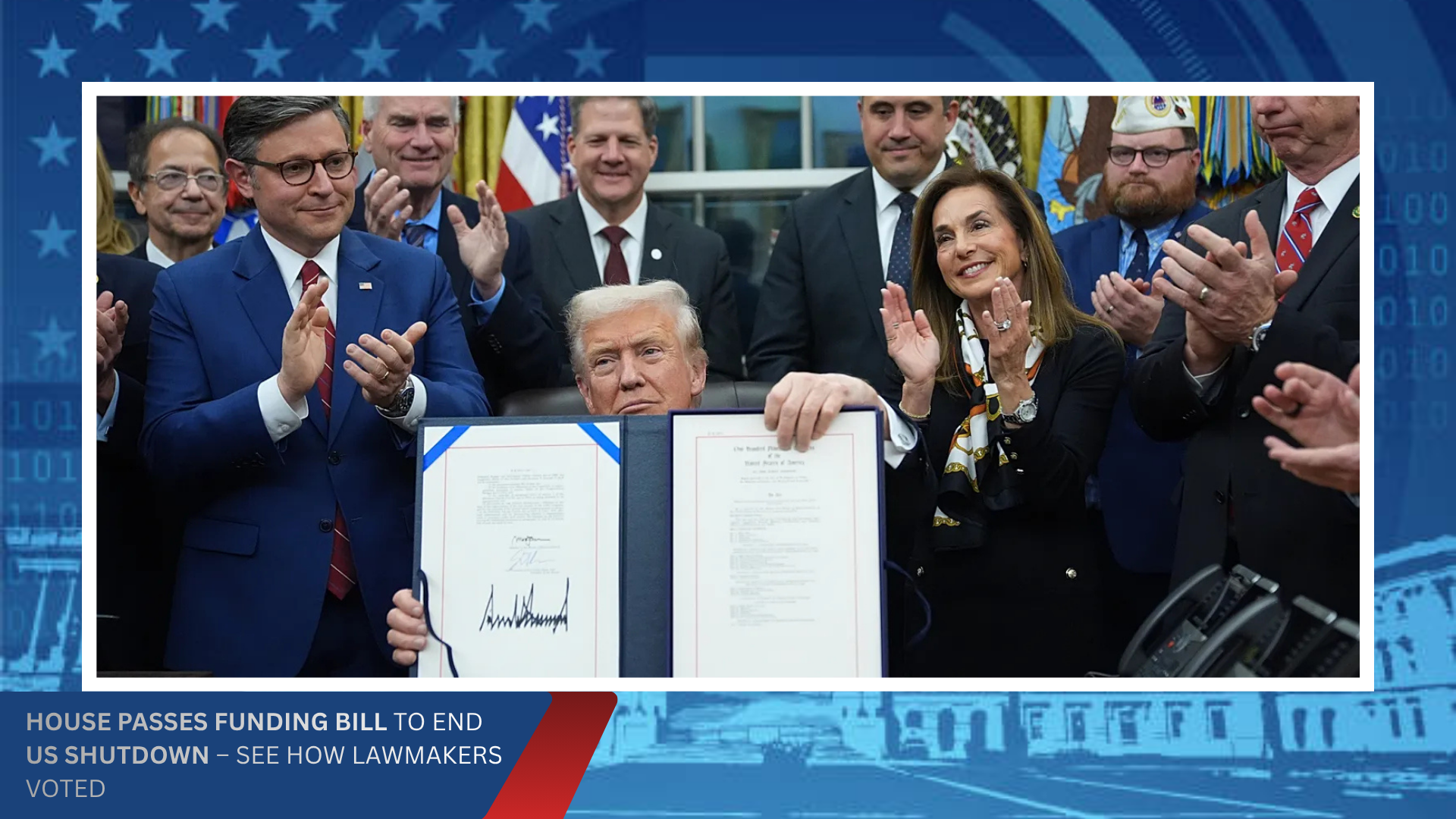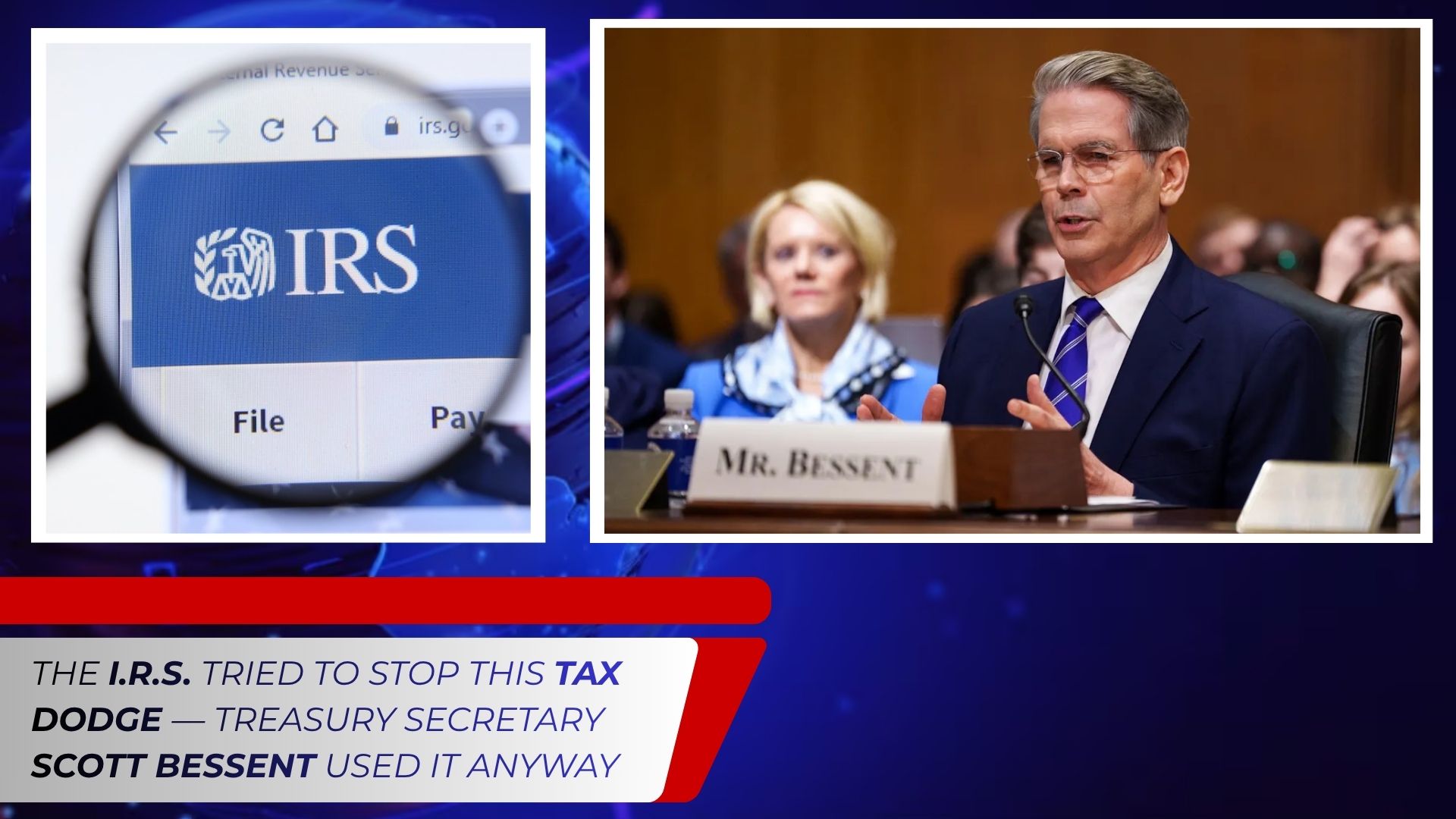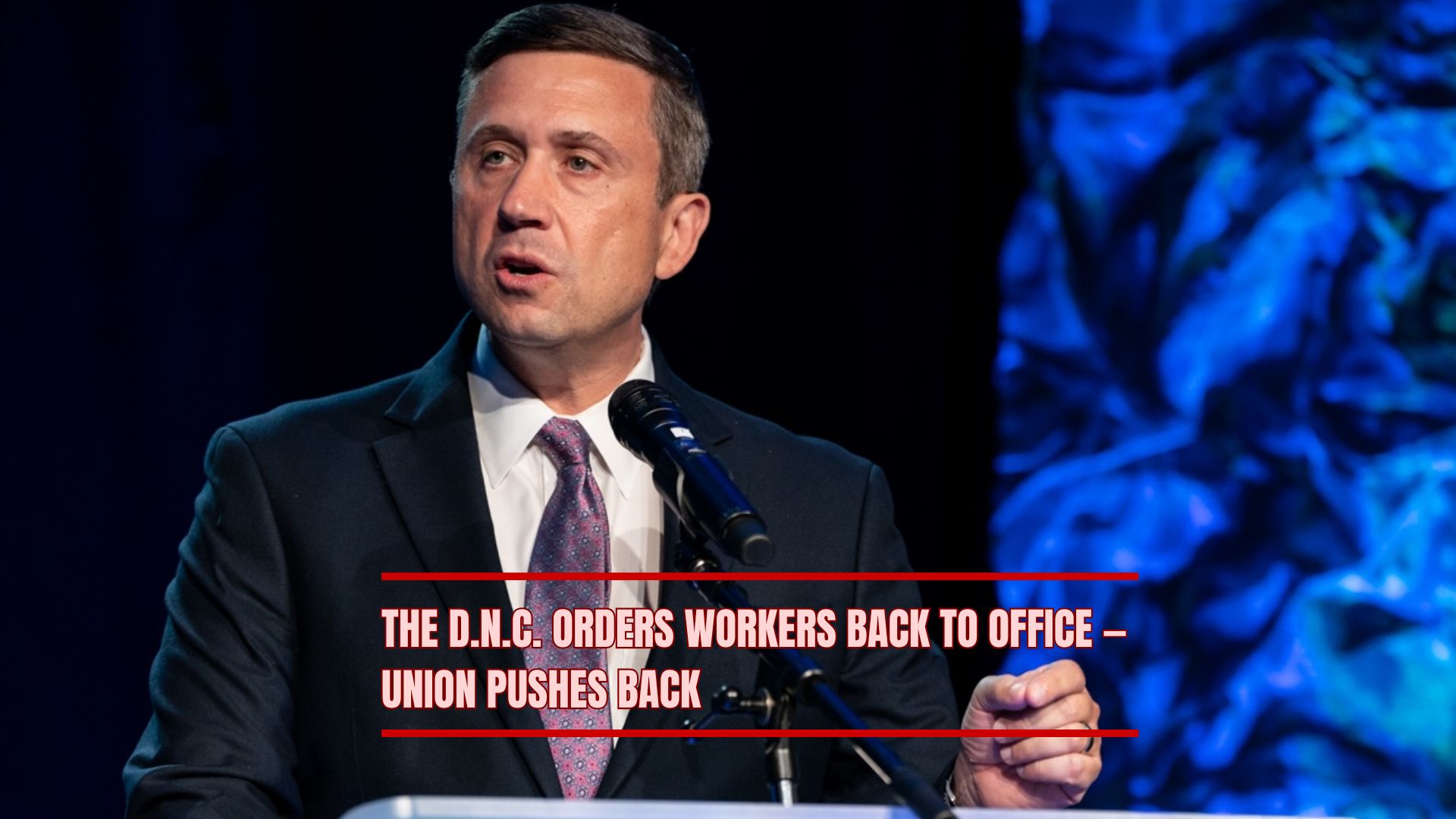As the federal government enters its fourth week of shutdown, the U.S. has crossed a historic and troubling milestone: $38 trillion in gross national debt. The record figure, released Wednesday by the Treasury Department, underscores the country’s rapidly accelerating borrowing — and the deepening fiscal strain facing the world’s largest economy.
It marks the fastest accumulation of $1 trillion in debt outside of the COVID-19 pandemic, with the U.S. crossing the $37 trillion threshold only in August 2025. Economists warn the pace of borrowing is unsustainable and could have far-reaching consequences for inflation, interest rates, and economic growth in the years ahead.
“Reaching $38 trillion in debt during a government shutdown is the latest troubling sign that lawmakers are not meeting their basic fiscal duties,” said Michael Peterson, CEO of the Peter G. Peterson Foundation.
The Fastest Trillion Yet
The Treasury’s daily financial report shows that the federal government’s gross debt — the total of both public and intragovernmental holdings — has ballooned from $34 trillion in January 2024 to $38 trillion by October 2025. That means the government has added roughly $4 trillion in less than two years, or about $69,700 per second over the past 12 months.
The last time debt increased by $1 trillion this quickly was during the pandemic, when emergency relief packages and economic stimulus efforts drove borrowing to record highs. This time, however, the spike comes without a major crisis or recession, raising alarm among fiscal watchdogs.
Peterson noted that the trend is particularly alarming given that “interest costs are now the fastest-growing part of the federal budget.”
“We spent $4 trillion on interest over the last decade,” Peterson said. “But we will spend $14 trillion on interest over the next ten years. That means more taxpayer dollars go to servicing debt instead of investing in education, infrastructure, or national defense.”
Inflation, Wages, and Borrowing Costs
Economists say the implications of mounting debt extend beyond federal balance sheets and into the daily lives of Americans.
Kent Smetters, director of the Penn Wharton Budget Model and a former Treasury official under President George W. Bush, said the growing debt load will eventually push prices higher and erode consumers’ purchasing power.
“Over time, additional debt leads to higher inflation,” Smetters told the Associated Press. “That additional inflation compounds, and it makes it harder for families — especially younger generations — to afford homes, cars, and other essentials.”
The Government Accountability Office (GAO) echoed those concerns in a recent report, warning that rising debt can lead to:
- Higher borrowing costs for individuals and businesses.
- Lower wages, as companies have less capital to invest in productivity.
- More expensive goods and services, as inflation pressures mount.
Already, mortgage rates and car loan interest rates have edged upward, while consumer confidence has declined amid concerns about long-term affordability.
The Political Context: A Shutdown and Fiscal Standoff
The new debt milestone comes as Washington remains paralyzed by a federal shutdown, now in its fourth week. The impasse began when lawmakers failed to pass a stopgap funding bill, leaving agencies shuttered and hundreds of thousands of federal employees furloughed or working without pay.
While both parties have traded blame, analysts say the deadlock reflects a deeper political problem: neither side has presented a credible, long-term plan to address the deficit.
During a time of record borrowing, the government is simultaneously unable to operate — an irony not lost on fiscal experts.
“We’re watching a government that can’t fund itself and a debt that won’t stop growing,” said budget analyst Maya MacGuineas, president of the Committee for a Responsible Federal Budget. “It’s a dangerous combination.”
The Trump Administration’s Response
The Trump administration insists that its economic and budget policies are reducing the deficit and setting the nation on a stronger fiscal path.
In a post on X (formerly Twitter), Treasury Secretary Scott Bessent said that from April to September, the cumulative deficit totaled $468 billion — the lowest level since 2019.
White House spokesman Kush Desai echoed that message, claiming that “during his first eight months in office, President Trump has reduced the deficit by $350 billion compared to the same period in 2024.”
Desai credited the improvement to a combination of spending cuts, higher tariff revenues, and stronger tax receipts, saying that the administration remains focused on “robust economic growth, lower inflation, and eliminating waste, fraud, and abuse.”
Critics, however, say those numbers paint an incomplete picture. Independent analysts note that debt growth continues to outpace revenue, and any short-term deficit reduction could be offset by future spending commitments.
“Even if the deficit temporarily narrows, the long-term debt trend remains upward,” said Douglas Holtz-Eakin, former director of the Congressional Budget Office. “Interest costs alone will soon eclipse defense spending if nothing changes.”
Why the Debt Keeps Rising
The reasons behind the surging debt are both structural and political.
Entitlement programs such as Social Security and Medicare make up a growing share of federal spending, while tax revenues — though strong — haven’t kept pace with spending increases. The aging population, rising healthcare costs, and growing military commitments have also added strain.
At the same time, both parties have avoided politically painful reforms, such as cutting entitlement benefits or raising taxes.
Economists emphasize that debt accumulation itself isn’t inherently bad — if borrowed funds are invested productively in infrastructure, education, or technology. But much of the recent borrowing has gone toward routine spending, not long-term growth investments.
“Debt can be a useful tool if used strategically,” Smetters said. “But when you’re borrowing just to keep the lights on, you’re mortgaging the future without building anything new.”
Looking Ahead: The Fiscal Cliff
If current trends continue, the Congressional Budget Office (CBO) projects that U.S. debt will exceed $45 trillion by 2028, driven largely by interest payments and aging-related costs.
That trajectory has spurred renewed debate over fiscal reform, though few expect significant action during an election year.
Lawmakers on both sides have floated proposals to cap spending, raise corporate taxes, or reform entitlements — but consensus remains elusive.
Meanwhile, the shutdown and record debt have created a potent political narrative for both parties: Republicans blaming Democratic “overspending,” and Democrats accusing the Trump administration of “reckless fiscal mismanagement.”
For ordinary Americans, however, the numbers may soon translate into something tangible — higher costs, lower growth, and fewer opportunities.
%20(4).png)



.png)




